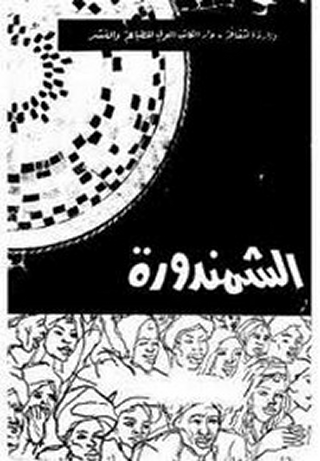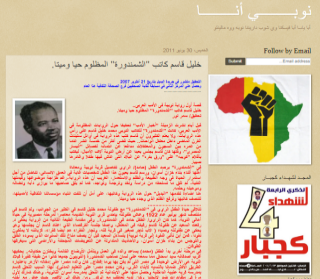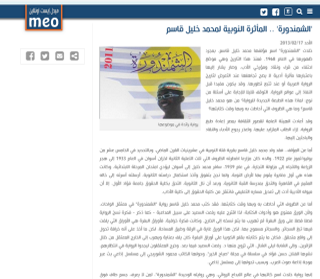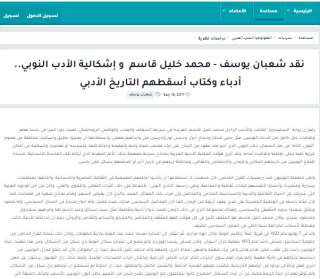Find out abut Nubian Writers
Interesting Nubian Language, Poets, Writers, Literature, Proverbs, Personalities, Traditions, Books by Nubian Authors,Books About Nubia
Interesting Nubian Language, Poets, Writers, Literature, Proverbs, Personalities, Traditions, Books by Nubian Authors,Books About Nubia
Mohammed Khalil Qasim (1912-1978) was an extraordinary Nubian writer and Nubian rights activist, who spent 15 years of his life in prison. He is the author of Al Shamandura (The Buoy), published in 1968 shortly before his death. The book describing the life in a Nubian village drowned in 1933 arose consciousness within the Nubian community, and encouraged many later Nubian writers.
Mohammed Khalil Qasim was born in the Nubian village of Qatah, where he spent his childhood and helped his father in agriculture, riding the water wheel and enjoying the pristine nature of Nubia. After his village was flooded, he started elementary school in Eniba and continued his studies in Cairo where he began studying law. At the same time, he was culturally very active and attended seminars, wrote essays and his left political views, as well as poetry, which he published in his co-edited "Modern Nubia" magazine, until he was arrested in 1946. Wherever he went, he was appreciated for his selfless, kind, and encouraging personality.
While in prison, he learned his fellow inmates writing, and wrote his famous book "Shamandoura" secretly on toilet paper which he smuggled to his friend. "Shamandoura" was first published in a magazine in weekly episodes, then printed as a book. After his release in 1963, Mohammed Khalil Qasim began many cultural activities at the Nubian clubs in Cairo, held weekly literary symposiums and adopted many young writers including Mahmoud Saleh Idris, Hassan Nour and Abdul Rahman Amin Sadiq, to whom he taught various techniques of writing and helped them launch their careers as writers. After a long struggle against the disease contracted in prison, Mohammed Khalil Qasem died in 1968, but not before leaving behind an impressive cultural heritage.

Book "Shamandura" by Mohammed Khalil Qasim - from Amazon
طتاب "الشمندورة" - محمد خليل قاصم - من Amazon

Shamandura by Mohammed Khalil Qasim - in PDF format
- PDF في السمندورة - محمد خليل قاصم

خليل قاسم كاتب "الشمندورة" المظلوم حيا وميتا.
Khalil Qasim, the writer of the oppressed "Shamandora".

Goodreads عن محمد خليل قاسم. About Mohammed Khalil Qasim

Antologia -Muhammad Khalil Qasim and the problem of Nubian literature
Antologia - حمد خليل قاسم و إشكالية الأدب النوبي.. أدباء وكتاب أسقطهم التاريخ الأدبي